Groundnut being a leguminous crop, is capable of fixing nitrogen into the atmosphere through root nodule bacteria. There is no need to use nitrogen fertilizer but a small amount of nitrogen will be enough to grow a good crop. In addition, the use of phosphorus and potassium becomes more important and requires adequate supply to achieve higher yields. It is important to meet the nutritional requirements of Groundnuts to get maximum yield. Let’s check out the best fertilizer for groundnut.
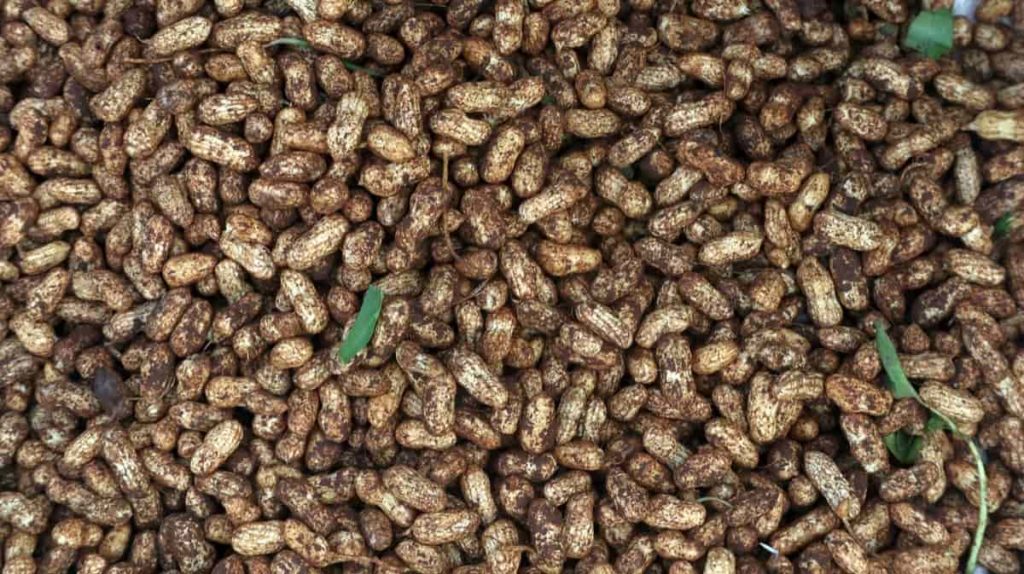
Groundnuts are usually grown as a single crop, especially in rainfed areas. About 60% of the total area of Groundnuts in the country is covered by a single crop, and most of the research work on fertilizer management has been done with Groundnuts as a single crop. Groundnuts are a whole crop and in terms of production, it eliminates large amounts of macro and micronutrients.
Principles of nutrition management
- Using the right amount of nutrients.
- Choosing the right source of fertilizer to supply essential nutrients.
- Apply at the right time by adopting appropriate methods.
Important fertilizers used in the Groundnut crop
Nitrogen
As a Groundnut crop, it meets most of its nitrogen requirements through the fixation of nitrogen in the atmosphere. Therefore, Groundnuts cannot respond to excessive use of nitrogen fertilizers. Excess nitrogen results in high plant growth at the cost of Groundnut production. However, nitrogen is in high demand in the early stages of plant growth while plants are in the early stages of nitrogen accuracy.
In case you miss this: Groundnut Farming Project Report, Cost and Profit Details
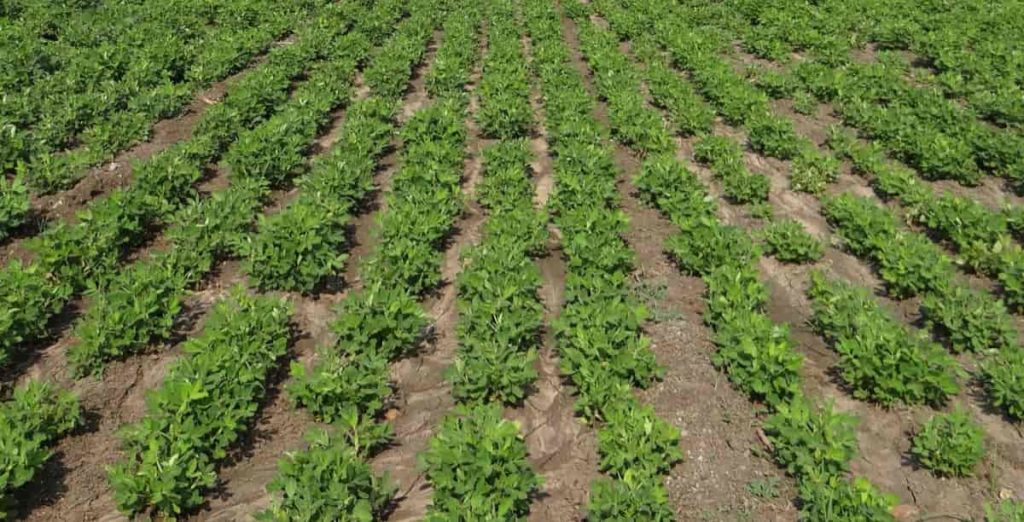
A good strategy for nitrogen management in Groundnut cultivation is to apply a starter dose of 15 to 20 kg N / ha and encourage nitrogen fixation through Rhizobia inoculation to meet the nitrogen requirements of plants. Be encouraged Nitrogen starter dose is applied with phosphorus and potassium just before sowing. This basal nitrogen dose is preferably applied as ammonium sulfate as it also contains sulfur (16%), which is an important nutrient for the Groundnut crop. Groundnut crops may not need top dressing with nitrogen fertilizer.
However, any nitrogen topdressing requirement should be assessed by examining nodules and nodules to determine the effective biological nitrogen through the crop. If nodulation and nitrogen fixation are low or poor, the crop needs to be sown 30 to 40 kg N / ha 30 to 45 days after sowing. Topdressing should be done at appropriate soil moisture levels followed by intercropping or manual weeding.
It is recommended to divide the nitrogen evenly, i.e., at the time of half nitrogen sowing and the other half 35-40 days after sowing, preferably after weeding. The following are common sources of N used for Groundnuts.
- Ammonium sulfate (20% N)
- Urea (46% N)
- Calcium Ammonium nitrate (26% N)
In case you miss this: Groundnut Oil Making Process (Peanut), Business Plan
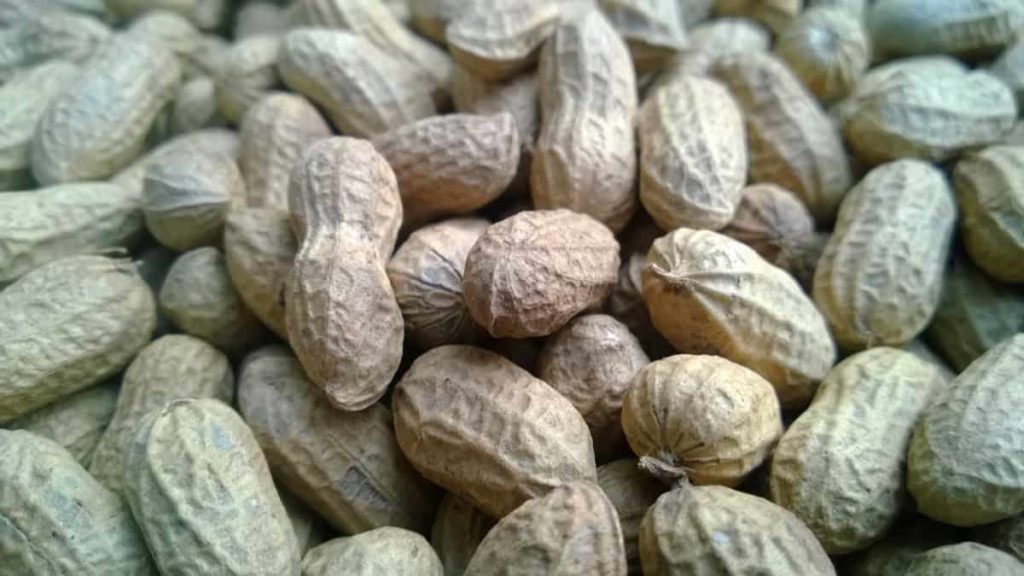
Phosphorus
Phosphorus is an important nutrient for the Groundnut crop. Phosphorus is needed by plants to make compounds in the body that provide energy for the growth and development of Groundnut plants. It stimulates pods arrangement, reduces the number of unfilled pods (pops), and accelerates crop maturity. Approximately 25-50 kg P2O5 / ha is recommended for different Groundnut growing areas of the country.
It has been found that only superphosphate is the best source of phosphorus as it contains calcium (19.5%), sulfur (12.5%), and phosphorus (16%). It also contains zinc and magnesium. Entire P2O5 should be applied as a basal dressing at sowing. The best way to use phosphorus in soil is through placement as it minimizes P2O5 with soil colloids.
Potassium
Groundnut crop requires a large amount of potassium but since Indian soil is generally rich in potassium, there is no need to apply potassium unless less than 150 kg K2O / ha is available in the soil. Generally, about 50 kg K2O / ha will suffice for potassium deficient soils. Potassium can be supplied regularly in the form of potassium sulfate. All K2O should be applied as a basal dressing at the time of sowing by adopting the method of furrow placement.
In case you miss this: Groundnut Cultivation Income (Peanut), Cost, Yield
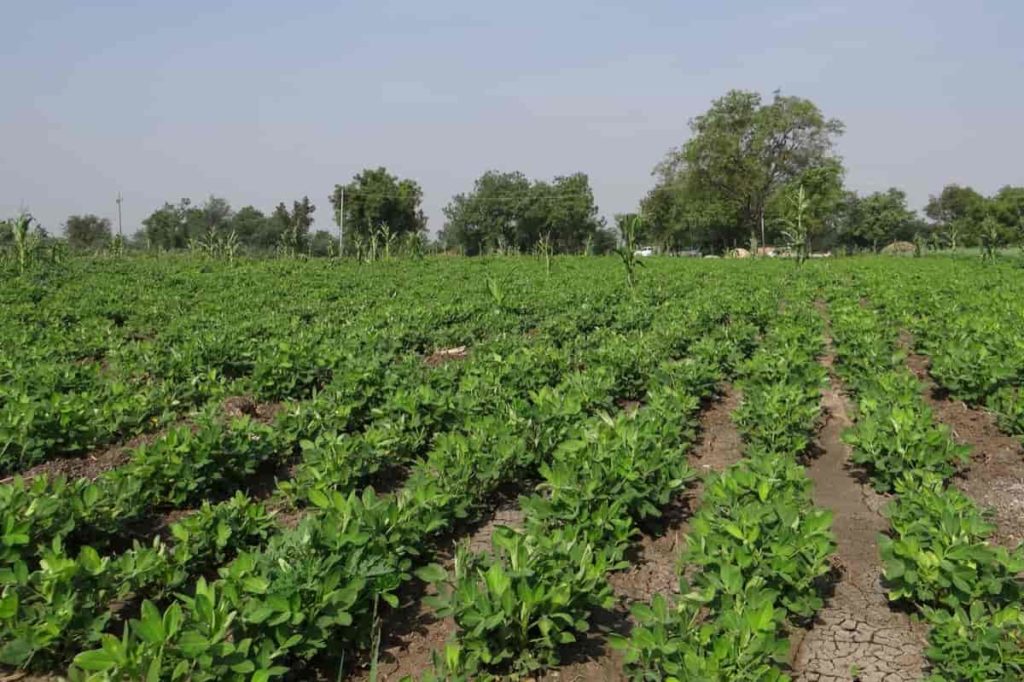
Fertilizer schedule application
- Groundnuts can fix nitrogen from the air, so it does not need to be fertilized with nitrogen fertilizers like ammonium nitrate or urea. Groundnuts need other nutrients such as phosphorus and calcium.
- Good types of phosphorus fertilizers are SSP and compound L. Compound L has a higher P content than N.
- Place the fertilizer in planting skins or planting holes, cover with 2-5 cm of soil and place the seeds on top.
- In sandy soils, Groundnuts often fail to fill their pods and form ‘pops’ (empty pods). Calcium will ensure good pod filling and will reduce the chances of ‘pops’. Gypsum is a good source of calcium. Apply gypsum on the ground before flowering. Use 200-400 kg gypsum per hectare. Do not add gypsum to avoid damaging the growing pods.
- You can use a teaspoon or soda bottle cap to measure the amount of fertilizer and attach it to the skins or rows of planting holes according to the distances in the table below.
- When manure is applied recently, rates can be reduced.
| Fertilizer type | Rate (kg/ha) | Row spacing by 50 cm in the furrow |
| SSP | 225 | Every 40 cm Teaspoon Every 30 cm Soda bottle-cap |
| Compound L | 150 | Every 65 cm Teaspoon Every 40 cm Soda bottle-cap |
NPK fertilizer
Apply NPK fertilizer (Irrigated) as recommended for soil testing. If the soil has not been tested, follow the blanket recommendation.
| N | P | K | Sulfur sludge |
| 25 | 50 | 75kg/ha | 60 kg/ha |
Biofertilizer management in Groundnut
Biofertilizers are the source of microbial inoculants, which has raised hopes for many countries, both economically and environmentally. Bio fertilization, unlike the use of chemical fertilizers, is gaining constant attention and recognition from scientists because of the microbial inoculants (such as rhizobium and mycorrhizal fungal inoculants) introduced in soil or plant cultures directly affecting plant production capacity. The highest dry matter production in the use of both Rhizobium and phosphobacterium is because it increased the maximum shoot length, the number of branches per plant.
| Type of fertilizer | Quantity to be applied per hectare |
| Rhizobium TNAU 14 strains | 1 kg for irrigated, 2 kg for Rainfed |
| Phosphobacteria | 2 kg for irrigated, 2 kg for Rainfed |
In case you miss this: Groundnut Seed Germination, Time, Temperature, Process
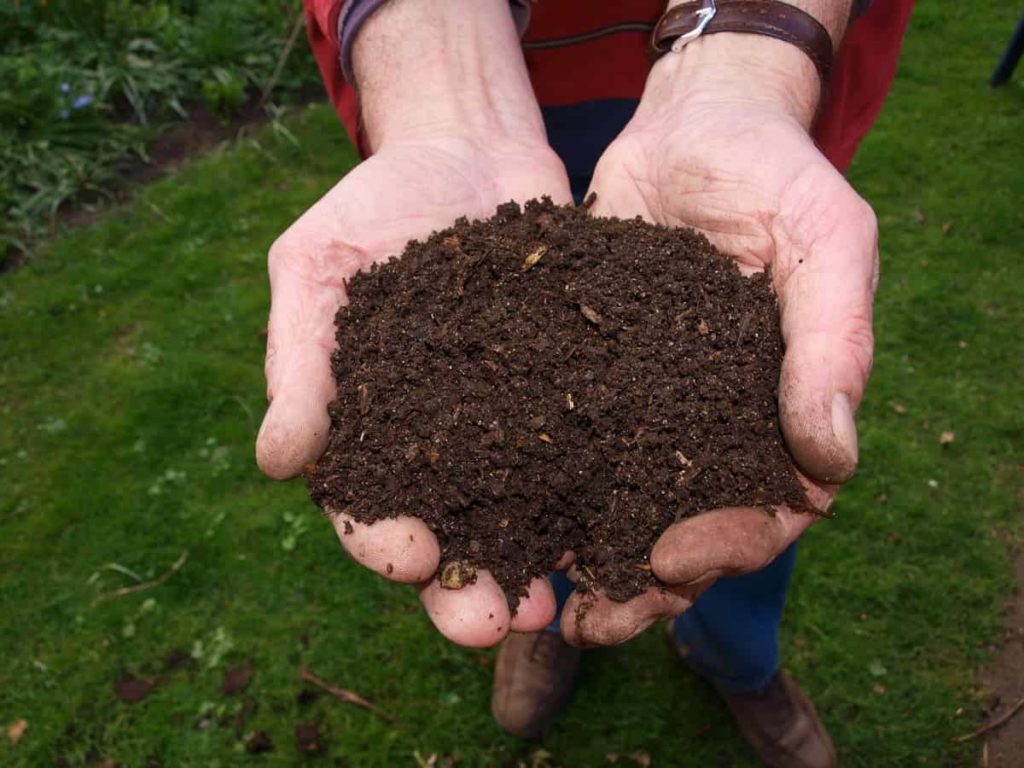
Organic compost manure
Organic manures are mainly important as humus fertilizer. Hummus is digested by soil organisms that provide them with nutrients and energy. Hummus also improves soil fertility by improving physical and biological characteristics. Farmyard fertilizer (FYM) and compost are mainly used as organic fertilizer in Groundnut crops.
In addition to acting as a source of nutrients, large organic fertilizers such as FYM act as a source of organic matter that affects the supply of nutrients to plants in many ways. Organic matter improves the structure and reduces soil shrinkage and crusting. It is also necessary as a source of energy for nodulation and nitrogen fixation by microorganisms.
Organic manures
- Enriched compost – 3.00 t
- Vermicompost – 2.40 t
- Green leaf manure – 5.00 t
- Neem cake – 250 kg
Organic fertilizers
Farmyard manure application
This is the most important and commonly used organic manure, produced by cattle, pigs, and poultry. Soil moisture retention, quick drying, and crust formation are problems in lateral soils. The hardness of the soil physically hinders the full growth of the beans. The addition of FYM significantly reduces these issues. Generally, 12.5 tons per hectare of FYM is required as its use will improve soil insecurity and texture and make it less viscous.
It also provides the most micronutrients. FYM should be added well in advance (15 to 30 days before sowing) and added to the soil by a plow or blade harrow. FYM consists of stubbles, stalks, and other crop residues, in addition to cow dung. The use of enriched farmyard manure (750 kg per hectare) for rainfed Groundnuts, especially for red lateritic soils, will be very useful for root growth and development and thus increase the yield of Groundnuts.
To prepare enriched farmyard manure, add the recommended amount of superphosphate (10 kg P2O5 / ha) to well-decomposed sieved FYM (750 kg/ha) and treat it 1 month before application. FYM also has many beneficial effects on light and heavy soils, including soil structure and buffering capacity, water retention capacity, availability of micronutrients, and some nitrogen. However, FYM is difficult to obtain.
In case you miss this: Ways Groundnut Farming Can Make You Rich in Short Time
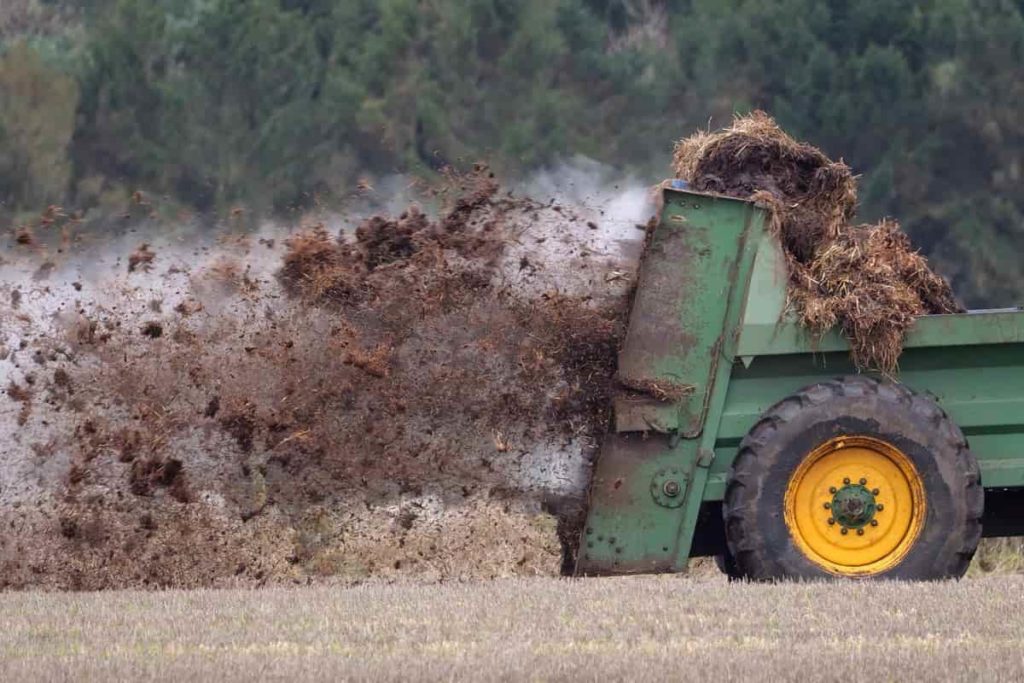
An alternative to FYM is to practice green manure with crops such as sunn hemp, daincha, and other legumes, or with a sheep penning. Before sowing, apply FYM/compost and green leaf manures 10 to 15 days and at the time of sowing apply vermicompost. Treat the seeds with Trichoderma @ 4-5 gm/kg seed and biofertilizer.
Seed treatment with bio-fertilizers and bio-fungicides
- Rhizobium – 1000 gms
- PSB – 1000 g
- Trichoderma harzianum – 750 gms
Compost – Compost is a product of the decomposition of plant and animal waste, which includes a variety of additives. Apply well-decomposed compost about a month before sowing. It can be transmitted and added to the soil with the help of a country plow or a blade harrow. The use of fly ash (20.0 t / ha) alone and with fertilizer (STCR) and compost also increased the production of Groundnuts on lateritic soils.
Micronutrients application
Developed by the Department of Agriculture, mix 12.5 kg/ha of micronutrient mixture with enough dry sand to make a total quantity of 50 kg/ha. Immediately after sowing, spread evenly over the soil surface. Do not add micronutrient mixture to soil.
Frequently asked questions about best fertilizer for groundnutundnut (FAQ)
Do Groundnuts need fertilizer?
Groundnuts can fix nitrogen from the air, so it does not need to be fertilized with nitrogen fertilizers such as ammonium nitrate or urea. Groundnuts need other nutrients such as phosphorus and calcium.
How to increase Groundnut production?
P fertilizer and rhizobium inoculant also had a significant interactive effect on Groundnut production. The combined use of 30 kg P ha − 1 and rhizobium inoculation increased Groundnut yield by 64 to 68%. The study observed a positive interaction between rhizobium stress and P fertilizer.
How do you fertilize Groundnuts?
It is important to use a lime application to grow Groundnuts in acidic soils. Apply lime with 0.25 LK or 5 quintals per hectare FYM in furrows at sowing to correct soil acidity in light to medium acidic soils.
Why is gypsum applied in Groundnuts?
The use of gypsum encourages bean formation and better filling up of pods. Pod filling is a big problem, especially in bold seed varieties. The nutritional solution should be sprayed to improve pod filling.
Which fertilizer is best for Groundnuts?
Among the available nitrogen fertilizers, ammonium sulfate is preferred for the groundnut crop because of its sulfur content (24%). It can be used in both rain and irrigation. Also in top dressing, it can be used before or after irrigation when the soil is in good condition.
- How to Make Houseplants Bushy: Effective Tips and Ideas
- Innovative Strategies for Boosting Coconut Pollination and Yield
- Pollination Strategies for Maximum Pumpkin Yield
- The Complete Guide to Chicken Fattening: Strategies for Maximum Growth
- Natural Solutions for Tulip Problems: 100% Effective Remedies for Leaf and Bulb-Related Issues
- Revolutionizing Citrus Preservation: Towards a Healthier, Greener Future
- Natural Solutions for Peony Leaf and Flower Problems: 100% Effective Remedies
- Maximizing Profits with Avocado Contract Farming in India: A Comprehensive Guide
- Natural Solutions for Hydrangea Problems: 100% Effective Remedies for Leaf and Flowers
- The Ultimate Guide to Choosing the Perfect Foliage Friend: Bringing Life Indoors
- From Sunlight to Sustainability: 15 Ways to Use Solar Technology in Agriculture
- The Ultimate Guide to Dong Tao Chicken: Exploring from History to Raising
- The Eco-Friendly Makeover: How to Convert Your Unused Swimming Pool into a Fish Pond
- Mastering the Art of Delaware Chicken Farming: Essentials for Healthy Backyard Flocks
- 20 Best Homemade Fertilizers for Money Plant: DIY Recipes and Application Methods
- How to Craft a Comprehensive Free-Range Chicken Farming Business Plan
- Brighten Your Flock: Raising Easter Egger Chickens for Beauty and Bounty
- How to Optimize Your Poultry Egg Farm Business Plan with These Strategies
- Subsidy for Spirulina Cultivation: How Indian Government Schemes Encouraging Spirulina Farmers
- Ultimate Guide to Raising Dominique Chickens: Breeding, Feeding, Egg-Production, and Care
- Mastering the Art of Raising Jersey Giant Chickens: Care, Feeding, and More
- Ultimate Guide to Raising Legbar Chickens: Breeding, Farming Practices, Diet, Egg-Production
- How to Raise Welsummer Chickens: A Comprehensive Guide for Beginners
- How to Protect Indoor Plants in Winter: A Comprehensive Guide
- Ultimate Guide to Grow Bag Gardening: Tips, Tricks, and Planting Ideas for Urban Gardeners
- Guide to Lotus Cultivation: How to Propagate, Plant, Grow, Care, Cost, and Profit
- Agriculture Drone Subsidy Scheme: Government Kisan Subsidy, License, and How to Apply Online
- Ultimate Guide to Raising Araucana Chickens: Breed Profile, Farming Economics, Diet, and Care
- Bringing Hydroponics to Classroom: Importance, Benefits of Learning for School Students
- Ultimate Guide to Raising Polish Chickens: Breed Profile, Farming Economics, Diet, and Care
- Ultimate Guide to Raising Australorp Chickens: Profile, Farming Economics, Egg Production, Diet, and Care
- Silkie Chicken Farming: Raising Practices, Varieties, Egg Production, Diet, and Care
- Sussex Chicken Farming: Raising Practices, Varieties, Egg Production, Diet and Care
- Homemade Feed Formulations for Livestock: Discover Cost-effective Starter to Finisher Feed Recipes
- 20 Best Pig Weight Gain Supplements: Top Swine Weight Gain Formulas
- Ultimate Guide to Elderberry Farming: Propagation, Planting, Yield, Cost, and Profit
Which fertilizer is best for groundnut production?
Nice . Such detailed information..
Thanks to the whole team